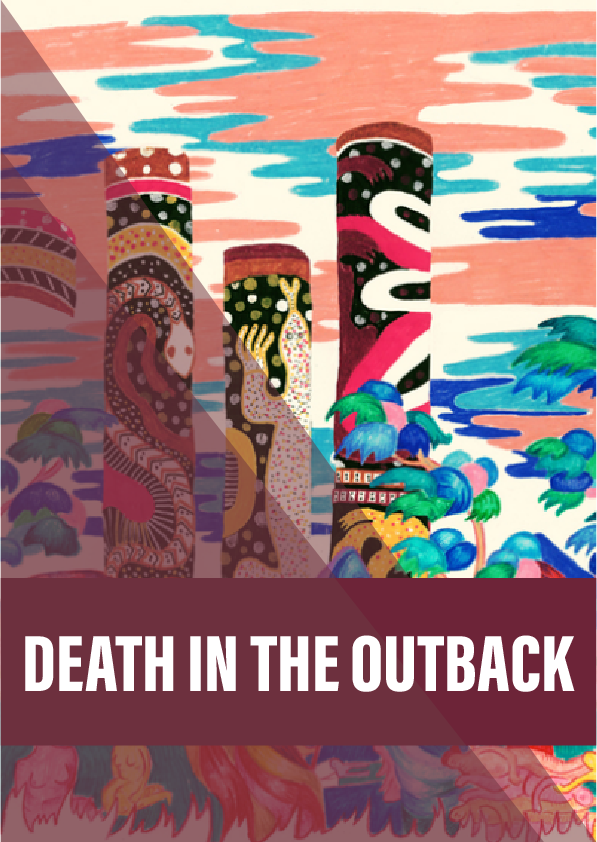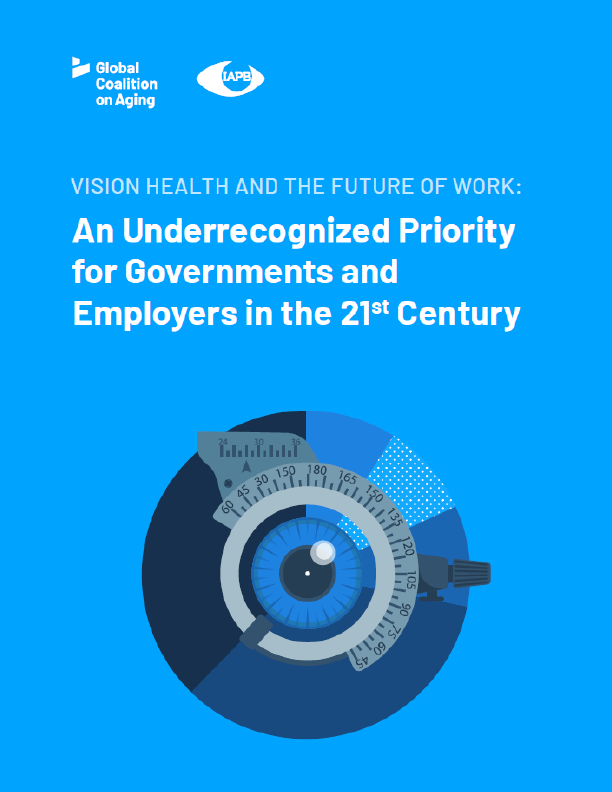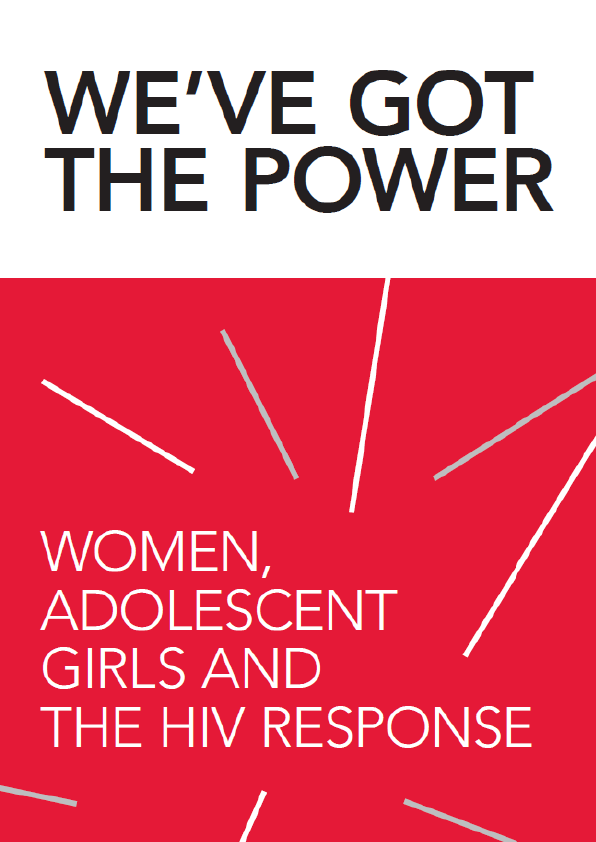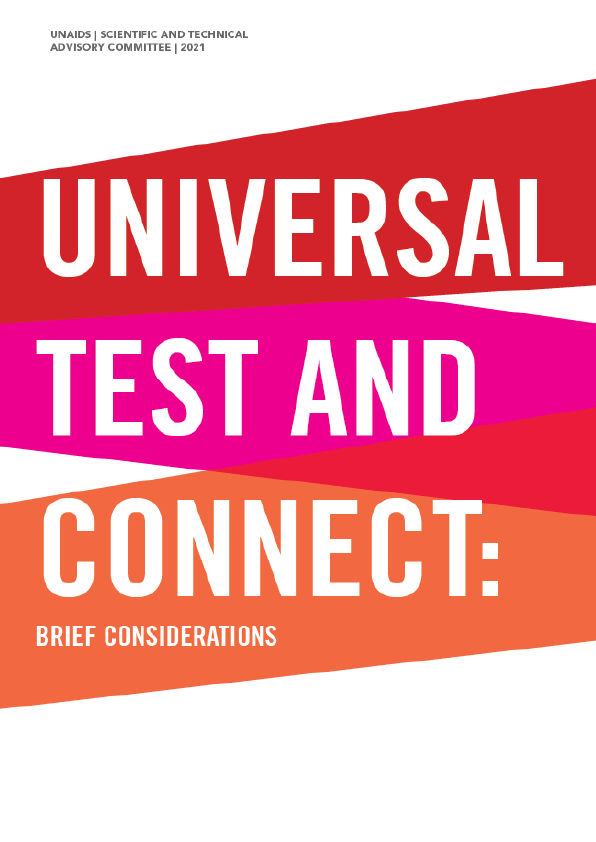Healthcare in Australia’s Aboriginal communities is hindered by a long history of racial discord between very different cultures. Georgina Kenyon discovers the story of one young woman who died in the 1980s, and asks whether anything has changed since.
Isit with my friend Kay* on her old ‘Queenslander’ verandah, half-listening to the radio. It’s that half-hour just before it gets dark in the tropical north of Australia. The fruit bats are waking each other up with their chatter and the curlews join in, screeching and rustling about in the dry leaf-litter below us on the lawn.
Kay holds up her hand, drawing my attention back to the radio. I catch fragments of a report about complaints from Australians whose children and grandchildren were taken away from their families to live in institutions and in foster care. Some have since been emotionally abused and physically assaulted. It’s shocking news, of course. Dreadful.
Kay turns up the volume on the radio.
Almost 30 per cent of children in care in Australia come from an Aboriginal background, the reporter continues: “The Stolen Generation – when Aborigines were forcibly taken away from their families – may not just be a shameful part of Australia’s history…”
Kay’s face looks contemplative and sad.
“Is this seriously happening, in 2014?” I wonder. Most Australians are aware of the Stolen Generation, when it was legal for the government to take Aboriginal children away from their families. But this forced separation, I thought, had ended decades before.
The humidity has dropped and the sky is turning a grainy, dark blue. Even now, the stars are starting to blink, shining down on the corrugated iron roofs that are finally cooling down after the heat of the day.
Kay doesn’t look at me as she slowly starts to speak.
“I had an Aboriginal daughter,” she says. “A foster child…”
For nearly ten years we have been friends but I have never heard her talk about her foster daughter before.
“Where is she now?” I ask.
Kay is quiet again. I regret being blunt.
“No one can live without their own culture,” she says. “After a few years, I made the decision. I decided that my daughter needed to go home.”
Reference:
- A comprehensive description of Mossman Gorge, published by the Department of Aboriginal and Torres Strait Islander and Multicultural Affairs in 2014.
- A good summary of Australian Indigenous health and common risk factors.
- The Australian government published its National Aboriginal and Torres Strait Islander Health Plan in 2013, including a section on the social determinants of health.
- The plan was welcomed by the Lancet, but an editorial questioned how health disparities could have been tolerated for so long.











